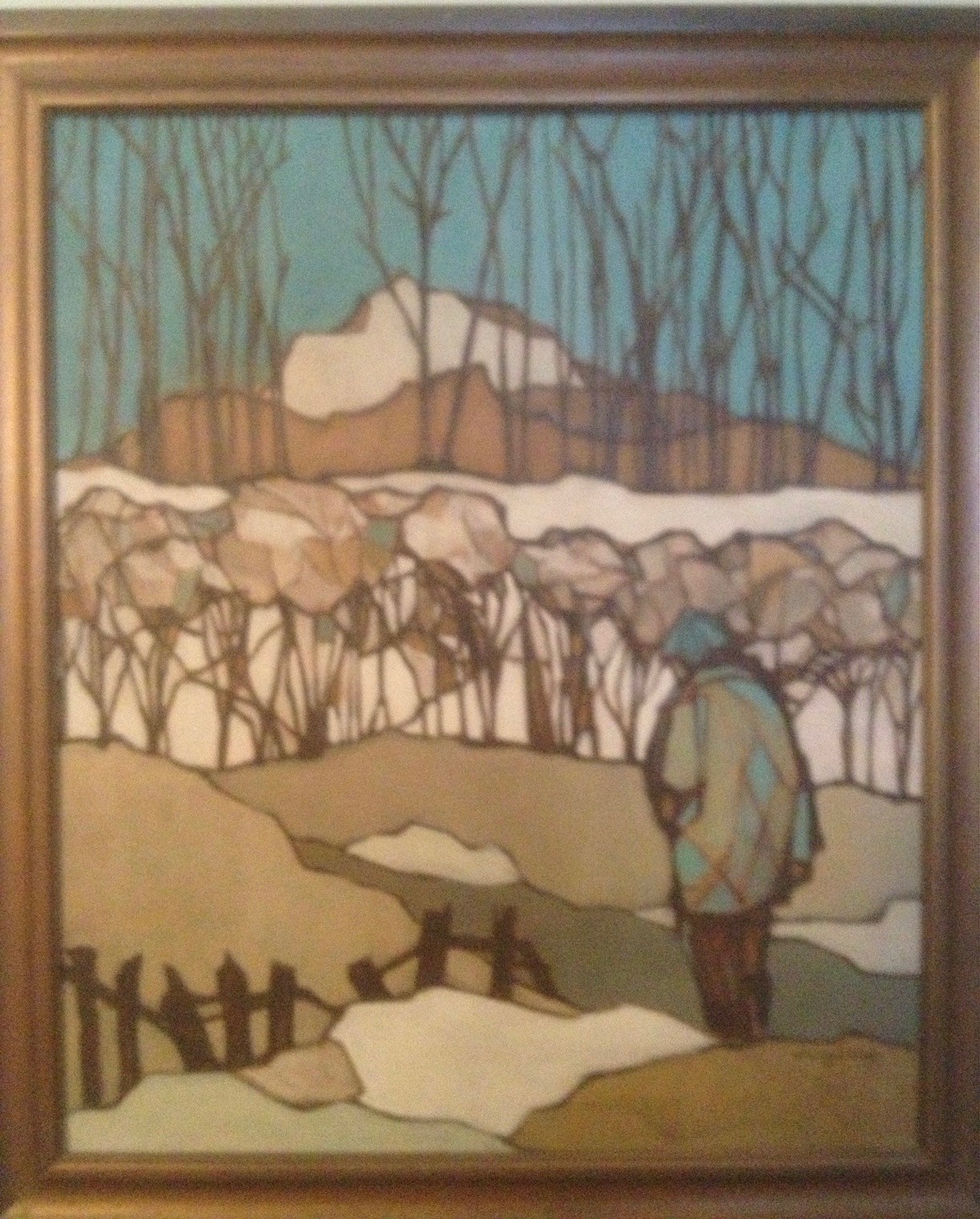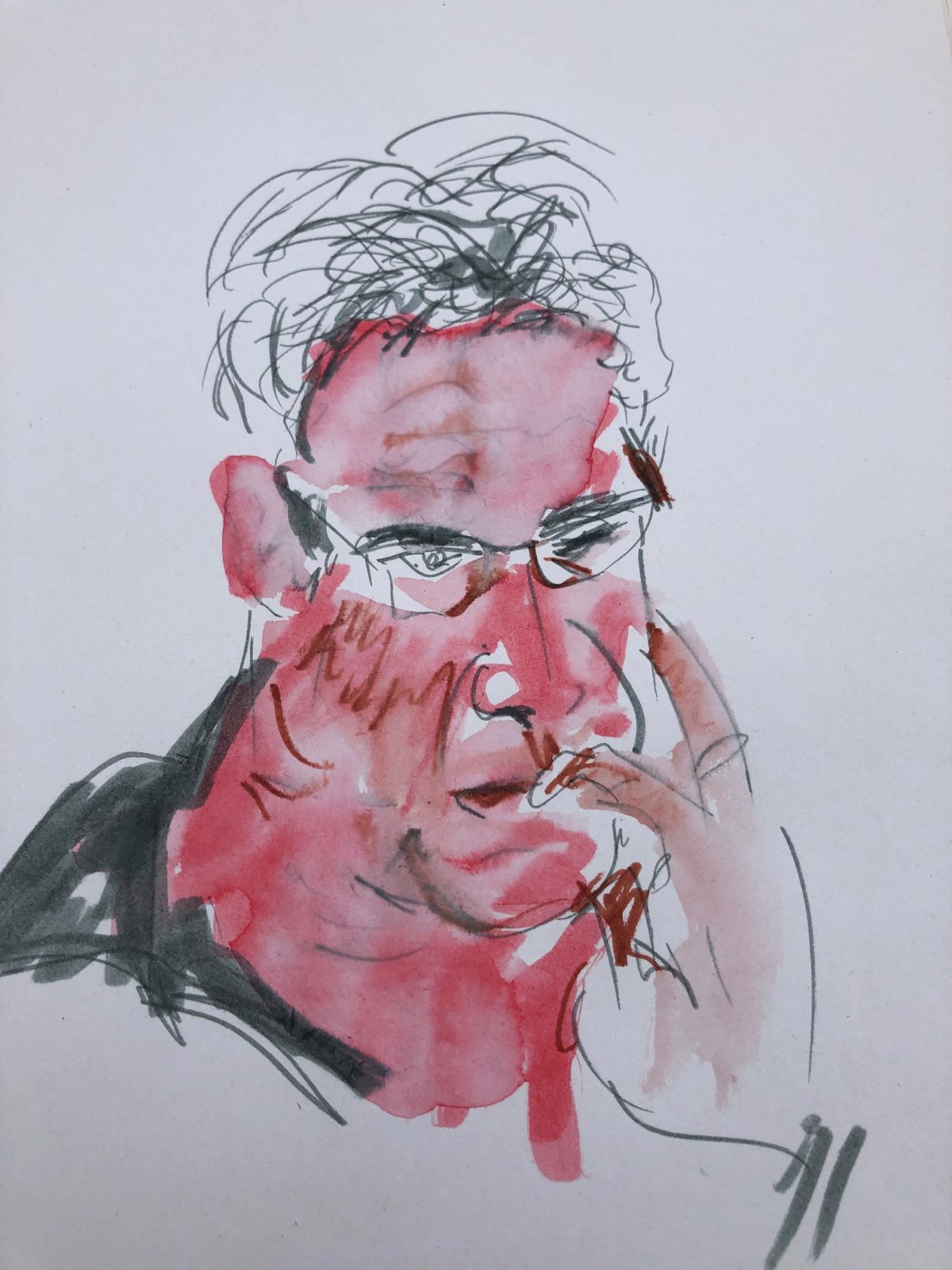“Can you hear all right at the back there? All right for quantity? Can’t do much about the quality of this sort of thing.”
– English comedian Michael Flanders, of the comedy / music duo Flanders and Swann, At the Drop of a Hat (1957), Parlophone, London, England
I lived in Vancouver from 1970, when I was 22, until 2000, when I got a job teaching at Queen’s University, in Kingston, where Lin and I bought a four-bedroom house. Then I retired, and last year we obtained a small apartment back in Vancouver. We have now lived there for a year, and have recently come back to Kingston, temporarily, to sell the house.
So we are now in the process of downsizing its extensive contents, to fit them into our little Vancouver apartment. Some of the rest of it will stay here for the new owner, and much is going to friends and family, second-hand stores, the recycling centre and the landfill. We’re getting rid of furniture, appliances, clothes and linens, books and CDs and DVDs, tools, implements and junk – and reams and reams of paper, in numerous cardboard boxes which I packed years ago in Vancouver and have barely looked at since. The paper dates back to those early days, and further: in some cases to my childhood.
We’re not paying movers to haul the paper back to Vancouver, just so that we can dump it at that end. So every sheet has been a decision. They include diaries, reviews, contracts, personal letters, business letters, Letters to the Editor – and scripts and scripts and scripts, the sheer quantity of which has proved a revelation.
The first day that I started digging through these boxes, I found a play that I had no memory of writing. I started reading it, hoping for interesting surprises. But the only surprise was how bad it was. This kid clearly needed to take my playwriting course. No wonder I’d buried it in an old cardboard box and forgotten about it. I tossed it into the garbage bag meant for scrap paper and decided to forget about it again. But what a coincidence that the one script I couldn’t remember writing should turn up so early in the process!
Well, no. Soon, many more such unfamiliar scripts began turning up: juvenile work by a beginning playwright with little skill but, evidently, much determination. I was astonished by the sheer bulk of it all. Clearly I had spent a large proportion of the early 1970s hammering away at the typewriter.
This goes strongly against the image I’ve always had of what kind of a young man I was then. Though I knew I did some writing, I’ve imagined myself spending most of my time smoking weed, taking psychedelics, hanging out with my freak friends, lying around on Wreck Beach – generally living the life of a hedonistic 1970s Vancouver hippie. But now I’ve learned that I was also a much more diligent and prolific worker than I had realized.
It makes sense: for one thing, I had to earn a living, and for part of that time had a young family to support. So I also worked for a few years as an actor; briefly held down an office job, writing commercials for a radio station; and wrote theatre reviews, radio plays for the CBC, and a steady stream of letters to TV producers, offering ideas for shows, most of which turned to nothing – as well as the constant stream of one-act plays.
And oh my God, the plays are bad. The reviews and essays and letters aren’t too embarrassing, but the plays are dreadful. Overwritten dialogue and character descriptions and stage directions, obvious plot twists, no sense of structure, and a juvenile fascination with sex and drugs, combined with a lack of understanding of how the world works. With most of them, I would start to read the first page – sometimes get no further than the long, discursive, excruciatingly detailed character descriptions – and then toss the whole mess into the paper-recycling bag.
Some friends have urged me to archive the work, perhaps with one of the schools where I’ve taught. But others advise me that universities aren’t as eager to archive the work of writers as they used to be. And anyway, the more mature material is already on the laptop (while the early stuff, written before I got my first laptop, is preserved on paper), and the schools probably wouldn’t want the earlier writings – and even if they did, I personally find them, as noted above, cringe-making.
However, I am proud of the quantity. Whether or not it was motivated by a pragmatic need to support myself and my family, I sure did grind that stuff out. And knowing this has added an amendment to a story that I have told hundreds of times, as part of the Playwriting courses I have taught, and as the Introduction to my book. Briefly, it’s about my watching a performance of my first produced full-length play, which I considered a humiliating failure, and deciding in desperation to try a completely different approach to the craft, which involves focusing separately on plot structure.
But what I’ve never added to that story, because I didn’t know it until this year, is that I was primed and ready for the new approach, because I had spent so much time generating the largely plotless verbiage. Whether I knew it or not, I was learning a great deal, which got me ready for the moment when I started to put plot outlines into the mix. This idea is encapsulated in a rule made popular by the writer Malcolm Gladwell: that you can get good at anything by spending 10,000 hours of practice on it.
But the other reason for throwing most of the stuff out is to spare my daughters’ having to do it when I’m gone. I phoned one of them, and confessed that I was dumping most of the early crap, and asked if that was okay with her. Her response was memorable: “Sure,” she said. “We don’t need to know how lousy you were.” Then there was a brief pause, and she added, “ – in order to appreciate how good you got!” “Nice save,” I said.

